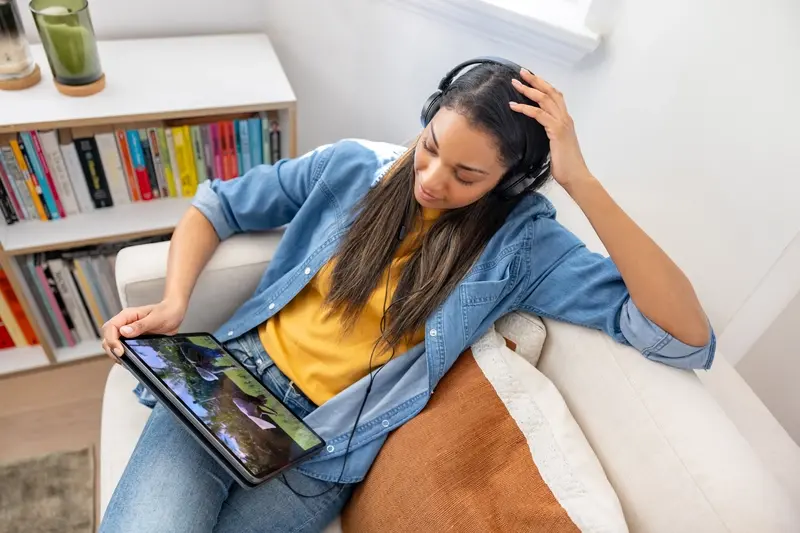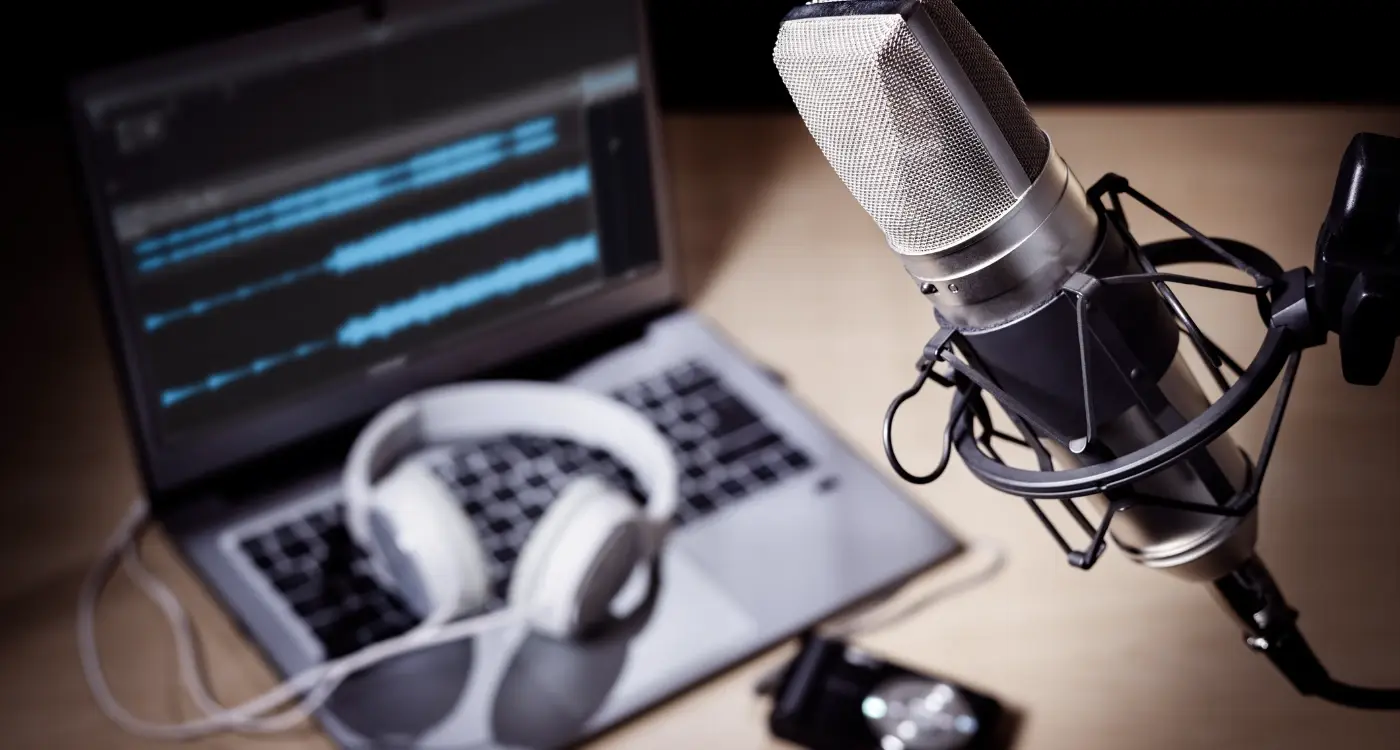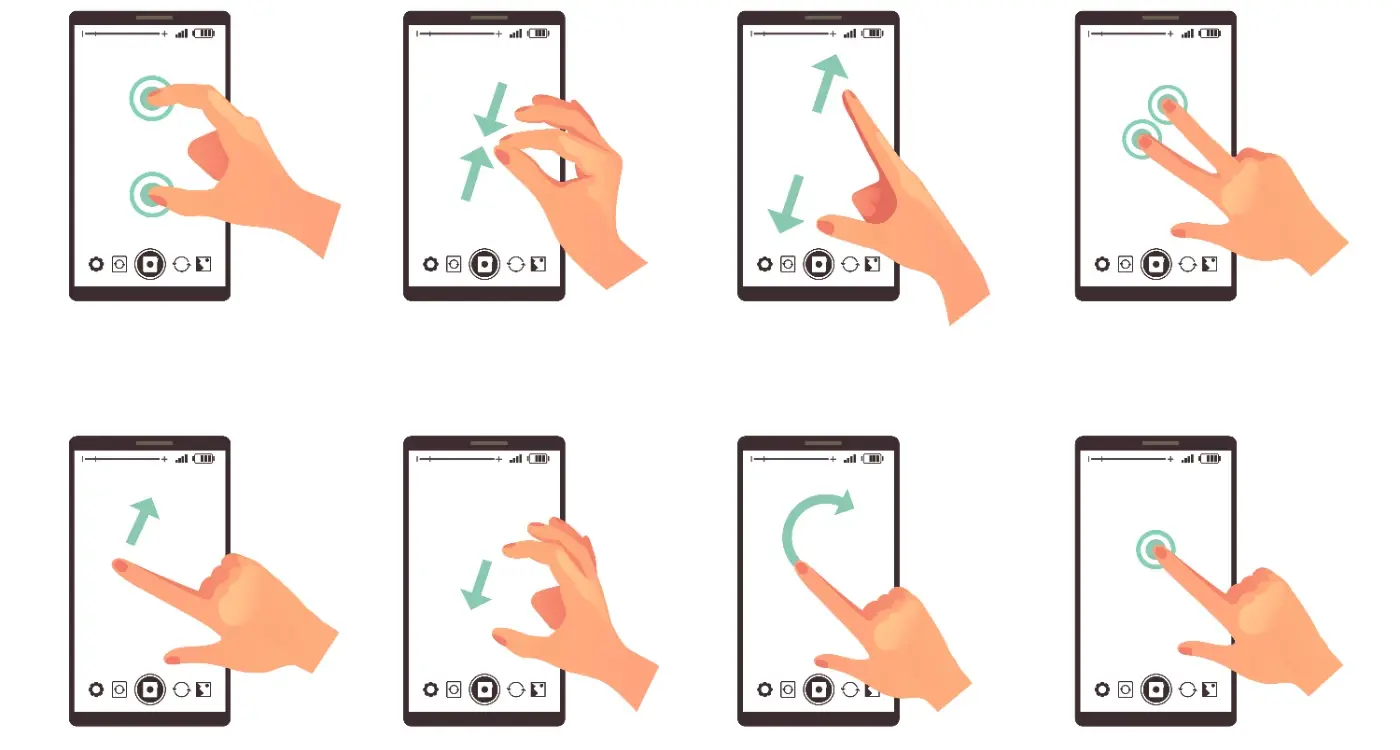Should My Music App Work Offline Or Only Stream Online?
Over 5 billion people now stream music on their phones every single day—but here's what most app developers don't realise: nearly 40% of those users still prefer apps that work without an internet connection. I've been building music apps for years now, and this question about offline functionality versus streaming comes up in almost every client meeting. The truth is, there's no one-size-fits-all answer.
When you're developing a music app, the connectivity decision shapes everything from your technical architecture to your user experience. Some developers think streaming is the only way forward—after all, Spotify and Apple Music seem to dominate the market. But others swear by offline functionality, pointing to apps that let users download and play music without burning through their data allowance.
The best music apps aren't just about the music; they're about understanding when and how people actually use them
What I've learned from building dozens of music apps is that this choice isn't really about technology at all. It's about understanding your users and what they need from your app. Do they have reliable internet? Are they worried about data costs? Do they travel frequently or live in areas with patchy coverage? These questions matter more than any technical specification sheet ever will.
Understanding Offline and Online Music Apps
When I'm working with clients who want to build music apps, one of the biggest decisions we face is whether the app should work offline or only stream music online. It's not as straightforward as you might think—both approaches have their place in the market.
Online streaming apps connect to the internet to play music directly from servers. Think of services where you search for a song and it starts playing immediately without downloading anything to your phone. The music lives "in the cloud" and you're essentially borrowing it for the duration of your listening session.
The Two Main Types
Offline music apps work differently—they store music files directly on your device. This means you can listen even when you're on a plane or in areas with poor signal. Some apps offer a hybrid approach, allowing both streaming and offline downloads.
- Streaming-only apps require constant internet connection
- Offline apps store music files on the device
- Hybrid apps offer both streaming and download options
- Progressive web apps can cache content for limited offline use
The choice between these approaches affects everything from your development costs to user experience. Each option comes with different technical requirements, licensing considerations, and storage limitations that you'll need to think through carefully before making your decision.
The Benefits of Offline Music Apps
After working with music app clients for years, I can tell you that offline functionality is one of those features that users absolutely love once they have it. There's something incredibly freeing about knowing your favourite songs are always there, regardless of whether you've got a solid internet connection or not.
The most obvious benefit is that your users can listen anywhere—underground on the tube, flying at 30,000 feet, or hiking in areas with patchy signal. But it goes deeper than that. Offline music apps don't drain data allowances, which is brilliant for users on limited mobile plans or those travelling abroad where roaming charges can be eye-watering.
Why Users Choose Offline Over Streaming
Battery life gets a nice boost too since the app isn't constantly pulling data from servers. Your users will notice their phones lasting longer during those marathon listening sessions. Plus, there's zero buffering or interruptions—the music just plays, which creates a much smoother user experience.
- No internet required for playback
- Reduced data usage and costs
- Better battery performance
- Instant playback without buffering
- Works in remote locations
Consider offering a hybrid approach where users can download their most-played tracks for offline use whilst still having access to streaming for discovery of new music.
The trade-off is storage space and the initial download time, but most users are happy to make that exchange for reliable, uninterrupted music access.
Why Streaming-Only Apps Are Popular
Streaming apps have taken over the music world for some pretty good reasons. The biggest one? Money. Most people would rather pay £9.99 a month than £9.99 for a single album—especially when that monthly fee gives them access to millions of songs instead of just twelve tracks.
Then there's the convenience factor. Streaming apps don't eat up your phone's storage space like downloaded music does. You can have access to every song ever recorded without worrying about running out of room for your photos and other apps. That's a massive win for users with older phones or cheaper models with limited storage.
What Makes Streaming Apps Win
From a business perspective, streaming makes perfect sense. It creates a steady income stream rather than one-off purchases. Users get hooked on the convenience and keep paying month after month. Plus, streaming services can offer features that offline apps simply can't match:
- Instant access to new releases the moment they come out
- Personalised recommendations based on listening habits
- Social features like sharing playlists with friends
- Radio stations and curated playlists from experts
- No risk of losing your music if your phone breaks
For developers like us at Glance, streaming apps are often easier to update and maintain too. We can push new features and fix problems without users having to download massive app updates.
Technical Challenges You'll Face
Building a music app that works both online and offline brings some proper headaches—trust me, I've seen developers pull their hair out over these issues! The biggest challenge is managing file storage on people's phones. Music files are massive compared to text or images, and you need to be clever about how you store them locally without filling up someone's entire device.
Syncing data between offline and online modes will test your patience. When users download songs for offline listening, your app needs to track what they've got stored locally versus what's available through streaming. This gets complicated when dealing with playlists, user preferences, and play counts that need to sync back to your servers once connectivity returns.
Database Management Gets Tricky
Your app will need two database systems—one for offline content and another for streaming data. Managing these simultaneously whilst keeping everything in sync is like juggling whilst riding a unicycle. You'll also face challenges with different audio formats, compression levels, and quality settings that affect both storage space and streaming performance.
The complexity increases exponentially when you try to support both offline functionality and seamless streaming in a single app
Don't forget about digital rights management either—offline content needs proper encryption and licensing protection, which adds another layer of technical complexity to your development process.
User Experience Considerations
The way people interact with your music app will be completely different depending on whether it works offline or streams online—and I mean completely different. When someone's using an offline app, they expect instant playback. No loading bars, no buffering, no waiting around. They've downloaded their music and they want it to work perfectly every time they tap that play button.
Streaming apps come with their own set of user expectations. People understand there might be a slight delay when loading a song, but they're usually willing to accept this because they get access to millions of tracks. What they won't accept is constant buffering or songs that cut out halfway through because of poor internet connection.
Storage Space Matters More Than You Think
Here's something I've learned from watching real users: people get genuinely frustrated when apps eat up their phone storage. With offline apps, you need to be really clever about how you handle downloads and storage management. Users need clear controls over what's stored locally and what isn't.
The social features work differently too. Streaming apps can show what friends are listening to right now, create collaborative playlists, and share music instantly. Offline apps miss out on these real-time social interactions—something that younger users particularly expect from their music experience.
Cost and Development Time
Let's talk money and timelines—two things that keep app founders awake at night. Building offline functionality into your music app isn't just a case of ticking a box; it's a significant investment that will impact both your budget and launch date.
Streaming-only apps are much quicker to build. You're basically creating a player that connects to existing music services or your own cloud storage. The heavy lifting happens on servers you don't need to build from scratch. But offline apps? That's where things get complicated—and expensive.
Development Costs Breakdown
Adding offline functionality means building download managers, local storage systems, and sync mechanisms. Your development team will need more time to code these features, test them thoroughly, and make sure they work across different devices. We're talking about an additional 30-50% on your development budget compared to streaming-only apps.
- Download and storage management systems
- Offline playback engines
- Data synchronisation features
- Additional testing across device storage scenarios
- Complex user interface for managing downloads
The timeline impact is just as significant. What might take 4-6 months for a streaming app could easily stretch to 8-10 months when you add robust offline capabilities.
Start with streaming-only functionality and add offline features in version 2.0. This approach gets you to market faster and lets you validate your concept before investing in the more complex offline infrastructure.
Conclusion
After working on music apps for years, I can tell you there's no single right answer to the offline versus online question. It really comes down to what your users need and what you can realistically build. If your target audience includes people who travel frequently or live in areas with patchy internet, offline functionality becomes much more important. But if you're targeting users in major cities with reliable connections, streaming-only might work perfectly fine.
The technical complexity and costs we've discussed shouldn't scare you away from offline features if they make sense for your app. Yes, you'll need more storage, better sync systems, and probably a bigger development budget. But you'll also create a more reliable experience for your users—and that can be worth its weight in gold when it comes to user retention and app store ratings.
My advice? Start by really understanding your users and their listening habits. Talk to them, survey them, and watch how they actually use music apps. The data will guide your decision better than any technical consideration ever could. You might even consider launching with one approach and evolving later as you learn more about what your users actually want.
Share this
Subscribe To Our Learning Centre
You May Also Like
These Related Guides

What Features Should My Entertainment App Have To Compete With Netflix?

How Do I Handle Music Storage And Streaming Without Breaking The Bank?



